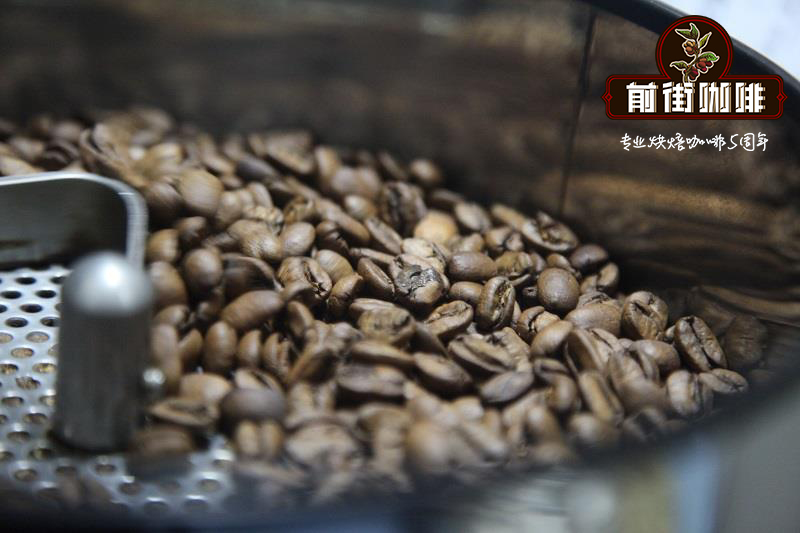Colombia Coffee History Review Colombia Coffee Quality Introduction

For professional baristas, please follow the coffee workshop (Wechat official account cafe_style)
Coffee History in Colombia: the history of coffee cultivation in Colombia can be traced back to the Spanish colonial era in the 16th century, and there are many theories about the history of coffee in Colombia:
One: it is said to come from the sea island of the Caribbean and from El Salvador in Central America.
Second: in 1808, a priest introduced coffee beans to Colombia for the first time from the French Antilles via Venezuela. One of them is that Colombia's first coffee seeds were imported from Venezuela through the province of Santander.
Third: the earliest records of coffee cultivation in Colombia appear in the book "The Illustrated Orinoca" written by Jose Gumilla, a Spanish missionary. He describes what he saw when he preached on both sides of the Meta River in 1730, in which he mentioned the local coffee plantation. By 1787, other missionaries had spread coffee to other parts of Colombia.
Colombian coffee quality: no matter in terms of yield or texture, Colombian coffee is first produced by Medellin, which is characterized by full granules, rich nutrition, moderate acidity, good balance, rich aroma and soft taste. In addition to Medellin, the capitals of two neighboring provinces in the south, Armenia and Manizales, are also famous coffee producers, which formerly belonged to Medellin's province of Andiquio, which had a Caldas football team that played in the last Toyota Cup. These three places form the world-famous "coffee zone".
Coffee workers go up the mountain to pick coffee beans (also known as coffee cherries) by hand, so they can pick carefully and pick the most ripe and full fruits. The vast majority of Colombian coffee beans are water-washed and moderately roasted with a light silky and sometimes sour taste, which is not as strong as Brazilian coffee and Italian Expresso and is known as "green gold".
Important Notice :
前街咖啡 FrontStreet Coffee has moved to new addredd:
FrontStreet Coffee Address: 315,Donghua East Road,GuangZhou
Tel:020 38364473
- Prev

The difference between Colombian Coffee and Mantenin Coffee introduce the flavor characteristics of Mantenin coffee beans
Professional barista communication please follow the coffee workshop (Wechat official account cafe_style) Colombian coffee flavor: Colombian coffee has a silky taste. Colombian coffee is equated with high quality and good taste. It is sweet in acid, low in bitterness, rich in nutrition and unique.
- Next

Does Colombian coffee taste good? learn about Colombian coffee culture.
Professional barista communication please follow the coffee workshop (Wechat official account cafe_style) Colombian coffee flavor: Colombian coffee has a silky taste. Colombian coffee is equated with high quality and good taste. It is sweet in acid, low in bitterness, rich in nutrition, with unique sour and mellow taste, sour, bitter and sweet of Colombian super coffee.
Related
- Beginners will see the "Coffee pull flower" guide!
- What is the difference between ice blog purified milk and ordinary milk coffee?
- Why is the Philippines the largest producer of crops in Liberia?
- For coffee extraction, should the fine powder be retained?
- How does extracted espresso fill pressed powder? How much strength does it take to press the powder?
- How to make jasmine cold extract coffee? Is the jasmine + latte good?
- Will this little toy really make the coffee taste better? How does Lily Drip affect coffee extraction?
- Will the action of slapping the filter cup also affect coffee extraction?
- What's the difference between powder-to-water ratio and powder-to-liquid ratio?
- What is the Ethiopian local species? What does it have to do with Heirloom native species?

